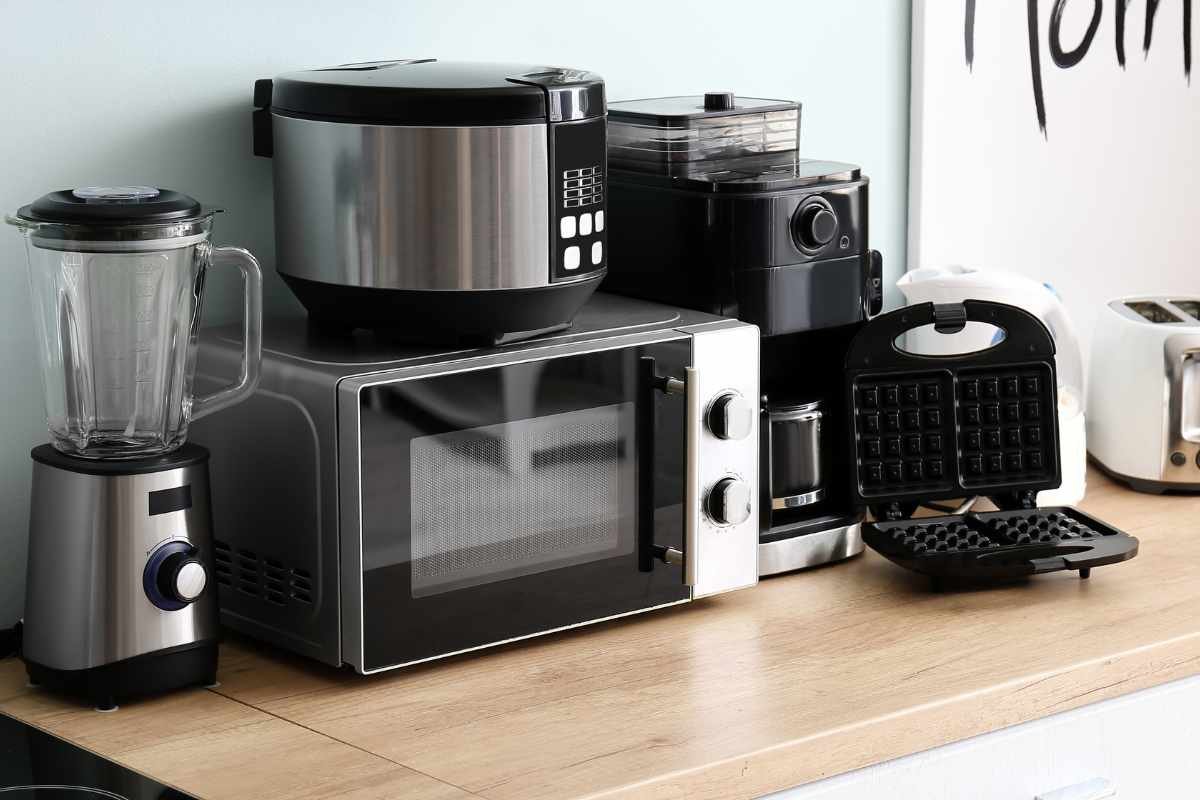Source – Flyer Financial Technologies
In inventory management, businesses must choose the right system, such as EMS, OMS, or PMS, to enhance operations, efficiency, and profitability. Understanding the distinct functionalities whether it’s EMS for comprehensive inventory tracking, OMS for streamlined order processing, or PMS for centralized product information management can significantly impact decision-making. This article compares the features, benefits, and uses of EMS vs OMS vs PMS to aid businesses in making informed decisions.
Understanding EMS vs OMS vs PMS
EMS (Enterprise Management System): An EMS is an integrated suite of applications designed to manage various aspects of a business’s operations. It encompasses modules for finance, human resources, supply chain management, customer relationship management (CRM), and more. In the context of inventory management, EMS offers comprehensive tools for tracking inventory levels, managing orders, and forecasting demand.
OMS (Order Management System): OMS is specialized software that focuses on managing and processing customer orders. It ensures that orders are captured accurately, inventory levels are updated in real time, and orders are fulfilled promptly. OMS plays a critical role in enhancing customer satisfaction by providing seamless order processing and fulfillment capabilities.
PMS (Product Management System): PMS is designed to manage product information across various sales channels. It centralizes product data, including descriptions, specifications, pricing, and images, ensuring consistency and accuracy. PMS is particularly useful for businesses with a diverse product portfolio and multiple sales channels, as it helps maintain a unified product catalog.
The Role of EMS vs OMS vs PMS in Inventory Management
The debate between EMS vs OMS vs PMS is incomplete without understanding their roles in Inventory Management.

Inventory Tracking and Visibility:
- EMS: Offers holistic inventory visibility across departments and locations, integrating data with other functions for real-time insights and data-driven decisions.
- OMS: Focuses on real-time order-related inventory tracking to prevent stockouts and overstocks, ensuring accurate stock visibility.
- PMS: Centralizes product data to maintain accuracy, indirectly aiding inventory management by reducing errors.
Order Processing and Fulfillment:
- EMS: Manages order lifecycle and logistics integration for efficient processing and automation.
- OMS: Captures orders accurately and ensures prompt fulfillment with real-time inventory updates.
- PMS: Supports order accuracy by maintaining consistent product information across sales channels.
Demand Forecasting and Planning:
- EMS: Uses historical data and analytics for accurate demand forecasting and inventory alignment.
- OMS: Provides insights into order patterns to anticipate demand fluctuations and adjust inventory levels.
- PMS: Enhances demand forecasting with reliable product data, improving inventory planning.
Comparing the Benefits of EMS vs OMS vs PMS
The debate between EMS vs OMS vs PMS is incomplete without understanding their benefits.
Comprehensive Business Management

- EMS: Integrates business operations, streamlining workflows, enhancing collaboration, and improving decision-making. Ensures inventory management aligns with other functions.
- OMS: Specializes in efficient order processing and fulfillment, enhancing customer satisfaction and operational efficiency.
- PMS: Centralizes product data to ensure consistency and accuracy across sales channels, improving inventory accuracy and reducing errors.
Scalability and Flexibility
- EMS: Scales with business growth, accommodating increased inventory levels and operational complexity. The modular structure allows for flexible module additions or modifications.
- OMS: Adapts to changing order volumes and customer demands with real-time updates and processing capabilities.
- PMS: Manages growing product portfolios and sales channels with centralized data management.
Cost-Effectiveness
- EMS: Initial investment may be significant but offers long-term savings through efficiency gains and reduced errors. Integration with other functions enhances ROI.
- OMS: Cost-effective solution focused on order management, reducing the need for multiple systems.
- PMS: Economical management of product information, reducing costs associated with data discrepancies and errors.
Choosing the Right System for Your Business
When deciding between EMS, OMS, and PMS, businesses must consider their specific needs, goals, and operational complexities. Each system offers unique benefits, and the right choice depends on various factors, including business size, industry, and growth trajectory.
Business Size and Complexity
- Small Businesses: May benefit from OMS or PMS, as these systems offer specialized capabilities without the complexity of EMS. OMS enhances order management, while PMS ensures accurate product information.
- Medium to Large Enterprises: EMS provides a comprehensive solution that integrates various business functions. Its scalability and flexibility make it suitable for complex operations and growing businesses.
Industry and Operational Focus
- Retail and E-Commerce: OMS is ideal for businesses focused on order processing and fulfillment. Its real-time inventory updates and order-tracking capabilities enhance operational efficiency and customer satisfaction.
- Manufacturing and Supply Chain: EMS offers a holistic approach, integrating inventory management with supply chain and production processes. Its advanced analytics and forecasting capabilities support efficient operations.
- Multi-Channel Sales: PMS is suitable for businesses with a diverse product portfolio and multiple sales channels. Its centralized product information management ensures consistency and accuracy across channels.
Growth Trajectory and Future Needs

- Rapidly Growing Businesses: EMS provides scalability and flexibility to accommodate increasing inventory levels and operational complexity. Its modular structure allows businesses to add or modify capabilities as needed.
- Stable or Niche Markets: OMS or PMS may offer sufficient capabilities without the need for a comprehensive EMS. These systems provide specialized tools to enhance order management or product information management.
Integrating EMS vs OMS vs PMS for Optimal Results
In some cases, businesses may benefit from integrating EMS, OMS, and PMS to leverage the strengths of each system. A hybrid approach can enhance inventory management, order processing, and product information management, providing a comprehensive solution tailored to specific business needs.
Seamless Data Flow
Integrating EMS, OMS, and PMS ensures that inventory data flows smoothly between systems. Real-time updates and accurate data synchronization enhance visibility, reduce errors, and improve decision-making.
Enhanced Operational Efficiency
Combining the capabilities of EMS, OMS, and PMS streamlines workflows and reduces manual intervention. Automation and integration enhance operational efficiency, allowing businesses to focus on strategic initiatives.
Improved Customer Experience
A hybrid approach ensures accurate order processing, timely fulfillment, and consistent product information. Enhanced customer experience leads to increased satisfaction, loyalty, and sales.
Conclusion
The complex world of inventory management systems requires a clear understanding of the unique features and benefits of EMS, OMS, and PMS. Each system offers specialized capabilities that cater to different aspects of inventory management, order processing, and product information management, including EMS vs OMS vs PMS. By carefully evaluating business needs, industry focus, and growth trajectory, businesses can choose the right system or combination of systems to enhance efficiency, reduce costs, and improve customer satisfaction.









